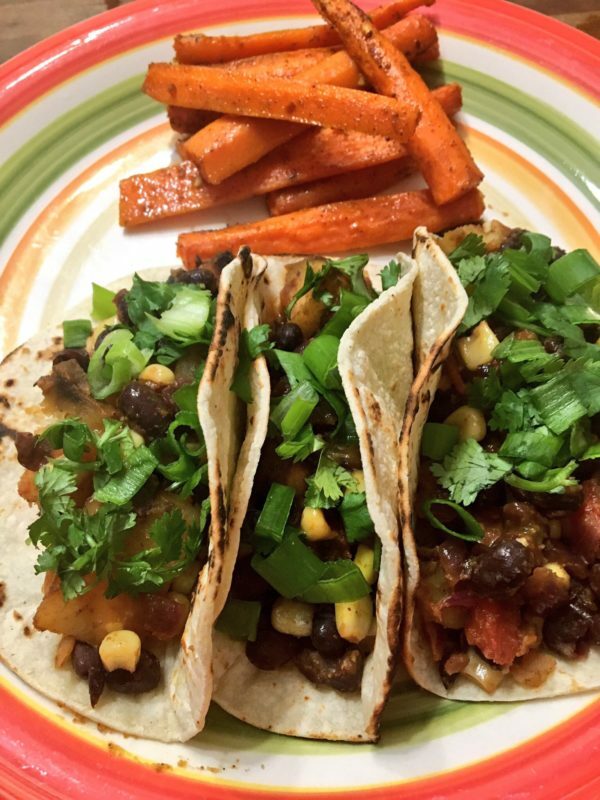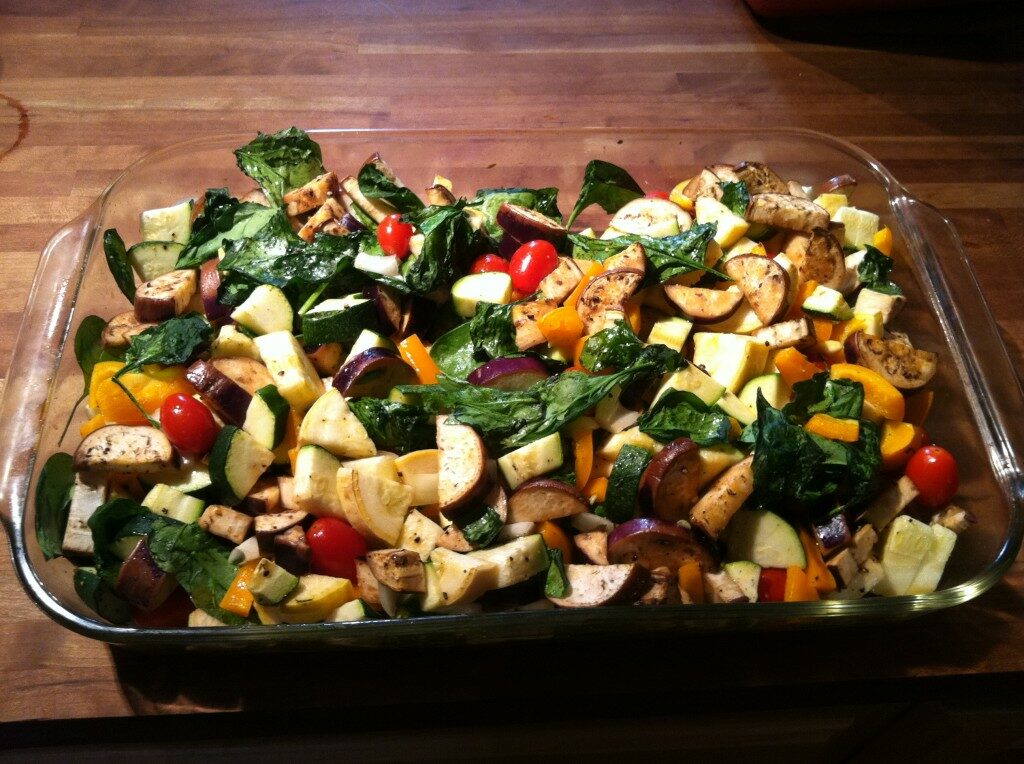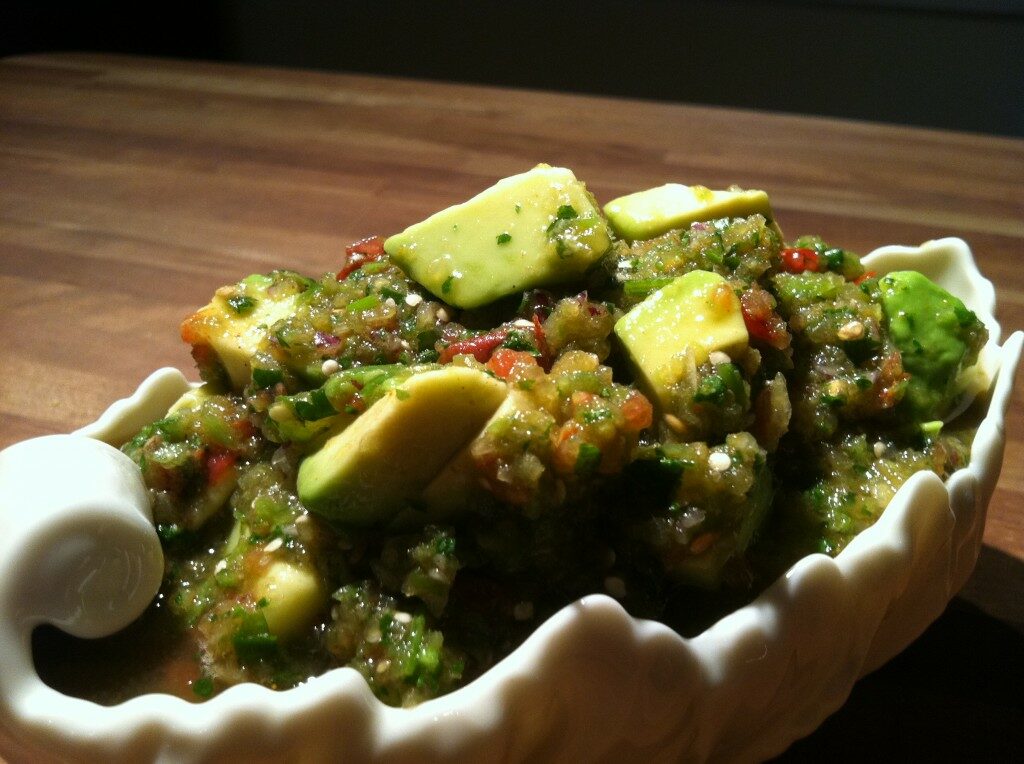~ By Coach Maria Simone
This is a question that we hear frequently. Since we covered some of the basics of training and race-day fueling, we thought we’d also offer some general principles that we follow in our day to day nutrition.

We realize that nutrition is personal, based on an individual’s dietary needs. Gluten free or carb load. Paleo or Millenial. Vegan or Carnivore. The distinctions go on. However, there are some general guidelines that can help ensure you are eating a healthy diet day to day that sustains and supports the hard work you are doing while training. Here are some of the principles we think are the most important — at least to start with 🙂
Nutrition for your lifestyle – Not a diet for your waistline
It is important to think about your daily food intake as a lifestyle of nutrition — and not some fad or temporary diet that you will follow until your weight-goals are realized. Then, you go off it, and voila – those pounds come right back on. These type of diets don’t work because they don’t teach us to incorporate good habits into our everyday life. They are also much too restrictive–especially for training athletes.
Our nutrition habits need to be about more than losing weight. We need to think in terms of ensuring that we are getting a balance of the right macro-nutrients (carbs, fats, proteins) as well as micro-nutrients (vitamins, minerals).
Moreover, the number on the scale is less important than your body composition. For example, your weight might be within the “normal” ranges, but if you have high levels of body fat, that is a potentially serious issue for your health. Just because we weigh the “right” numbers, doesn’t mean we are healthy – and vice versa!

Eat Real Food.
Our diets can be greatly improved simply by substituting fresh, unprocessed food for any of the food products we eat from a box (or a bag). Of particular importance here is produce. We need to privilege fruits and vegetables in our daily eating, along with healthy proteins.
Does it take more time to wash and prepare fresh food, especially produce? Yes, but there are things you can do to help cut some time from the process. When you come home from the grocery store, clean the produce right away. That way, it’s ready for you when you want it.
John and I prep our produce, and store it in containers for easy access. Yes, it takes some time on the front end, but throughout the week, when you are crunched for time, all the hard work is already done. We just grab and go.
Another option is juicing. It’s a great way to get more veggies into our daily diet. I’ve written more about juicing here.
You can also save yourself time by making more than you will eat at each meal, and then you will have leftovers for the next day–or to stash in the freezer. You can reheat and eat, or if you are feeling creative, you can rework them into something different – like my stuffed, roasted peppers, seen below.

Calories in, Calories Out.
Training is not a license to eat everything in sight. When I trained for my first marathon, I wound up gaining 4 pounds because I thought I could eat whatever I wanted. After all, I was sooo hungry. But, as it turned out, I was eating too many calories, and not necessarily eating the right kinds of calories or the right calories at the right time.
I ate more carbs than I needed (because I thought I needed to), which did not satiate as much as proteins and fats would. I also didn’t eat enough vegetables and fruits.
Time your nutrients.

When you eat certain macro nutrients is just as important as how much of them you eat. You should ideally eat your carbohydrate-rich and high glycemic index foods earlier in the day and/or before, during or after your workouts.
John and I work with a “window.” For example, we have a 2-hour workout, then we know we can eat these types of foods for about 2 hours following our workout. After that, we stick with low glycemic index foods, such as lean proteins, vegetables, certain fruits, and beans are a major staple of our diet.
There is value to eating some high glycemic foods, if we time them correctly, because they will help us to cap off our muscle glycogen and blood glucose stores, which become depleted after strenuous or extended exercise. But, if we eat these types of foods at any time of the day, we risk storing them as fat rather than using them for energy. So, proper timing of high glycemic foods can help us achieve an ideal body composition – i.e., fat to muscle ratio.
High-glycemic carbohydrates, while I love them dearly, do not (and should not) be the centerpiece of every meal. Think you can’t do give up bread (or whatever other grain-based product you love)? I thought the same thing.
I grew up in an Italian household, and we ate bread with almost every meal. It’s crusty awesomeness was a mainstay of my diet–even as recent as 3 years ago. But, I learned, through a process of gradual change, to move on and to appreciate the unique deliciousness of more nutrient-dense types of foods.
It has been a journey, for sure, but if you work on making gradual changes, you will make sustainable and permanent changes. If you introduce a few changes at a time, I think you will have more success in sustaining those changes. At least, that has been the case in our experience.
